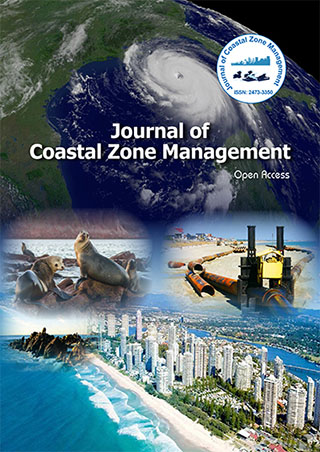Indexed In
- SafetyLit
- RefSeek
- Hamdard University
- EBSCO A-Z
- OCLC- WorldCat
- Publons
Useful Links
Share This Page
Journal Flyer

Open Access Journals
- Agri and Aquaculture
- Biochemistry
- Bioinformatics & Systems Biology
- Business & Management
- Chemistry
- Clinical Sciences
- Engineering
- Food & Nutrition
- General Science
- Genetics & Molecular Biology
- Immunology & Microbiology
- Medical Sciences
- Neuroscience & Psychology
- Nursing & Health Care
- Pharmaceutical Sciences
Abstract
Alternative Practice from Coastal Pond to Recirculation Aquaculture System
Ludi Parwadani Aji
Coastal pond aquaculture used solar energy to produce oxygen via phytoplankton with their cultivation can be extensive such as the culture of low value cultured animals. Pond encompasses a larger culture area for juvenile or grow-out culture which is depending on their carrying capacity of the pond. There is no feeding and the amount of food available depends on pond management which can be increased by manuring. As well as in hatcheries that require a very well environmental control, Recirculation aquaculture systems (RAS) tend to occupy a small area to culture high value species at high densities. The key parameter affecting RAS is the biological filtration system that removes metabolic and other waste products. This contains bacteria which break down the ammonia and nitrite in the water. Moreover, the food from RAS is supplied externally from cultured or formulated feed. Recirculation systems offer the advantage over pond aquaculture of being able to control the environment and water quality parameters to optimise fish health. For production of commodity food fish that are low in price, pond aquaculture is better than recirculation system due to their lower overheads and production cost as the environment acts as a natural water reconditioning system compared to money spent on water recirculation technology. In developing countries, pond will still remain dominant due to the ease of culture and the low initial investments. While, in developed countries, the growing concern about environmentally friendly discharges, the high labour costs and the need for controlling niche markets will result in the adoption of recirculation technology and the production of high value species at high densities. In comparison to pond culture, RAS offered more control and independent from the environment influence.
